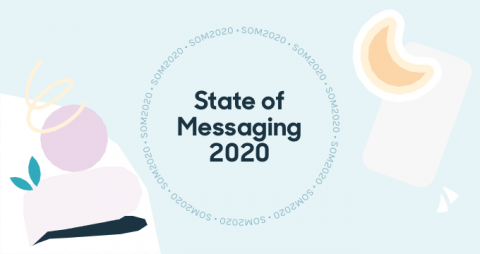Internal collaboration: why and how to prioritize teamwork first
Congratulations. You’ve decided to prioritize agent experience as a key driver of customer success. This move positions your business to unlock the one true secret to a better customer experience: equipped, empowered, and engaged agents. Now, where do you begin? The genesis of this proactive change program is in prioritizing improved collaboration.

















